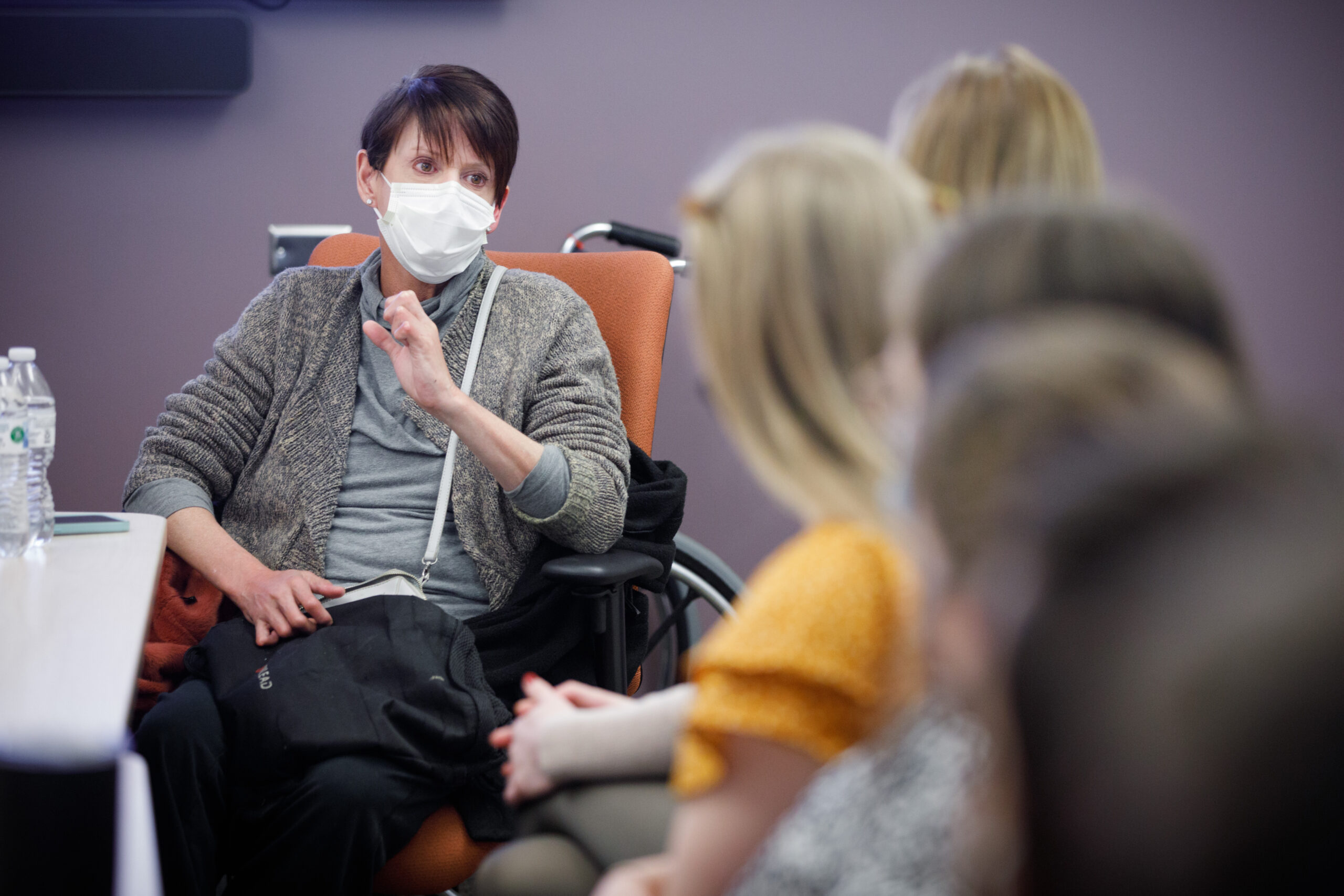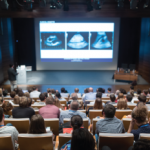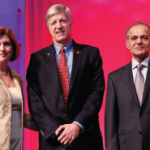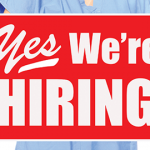During each session, students can ask questions and examine the patient. There’s a 15-minute time block to meet with each patient. Although students could go longer and continue to ask relevant questions, Dr. Cannella has found that 15 minutes is the sweet spot for patients. A 15-minute break occurs in the middle of the event.
The program provides food for patient participants, as well as students. There used to be a quiz after the LPEs, but Dr. Cannella found that students would get anxious about doing well on the quiz and not focus as much on the qualitative experience with the patients. Instead, students now write down five take-home points from the LPEs.
The LPEs also occurred during the COVID-19 pandemic, with a handful of virtual meetings with patients. However, both patients and students seemed to agree that the in-person option was more effective, Dr. Cannella says.
While Dr. Cannella anticipated students would gain clinical knowledge from the hands-on experience of LPEs, she did not foresee some of the other critical messages they would receive.
“I can’t tell you how formative it is for students to meet people living with the diseases they have studied, and hear [about the condition] from the patient perspective,” she says. Patients include such messages as, “No one would listen to me” and “Advocate for your patients.” Those messages are not easily teachable in medical school, and that’s where these rheumatology patients—who seem to naturally be good teachers—come in, Dr. Cannella says.
Those types of lessons are difficult to teach in the preclinical years, and at least equally important to the clinical facts reinforced during LPEs, she adds.
A Patient’s Point of View
One patient who has taken part in LPEs four times is Bobbie Owens, a Bellevue, Neb., resident living with RA since her diagnosis in 1981.
Ms. Owens has always been happy to participate in the LPEs because her husband is a high-school teacher and coach. Because of this, she likes to help students any way she can, she says.

Jackie Latka describes living with scleroderma.
During the LPEs, students touch her joints and look at where she has deformities. She walks around, bends her elbows and takes off her shoes to show her feet. One photo from an LPE shows a student gently holding her hands affected by RA.


